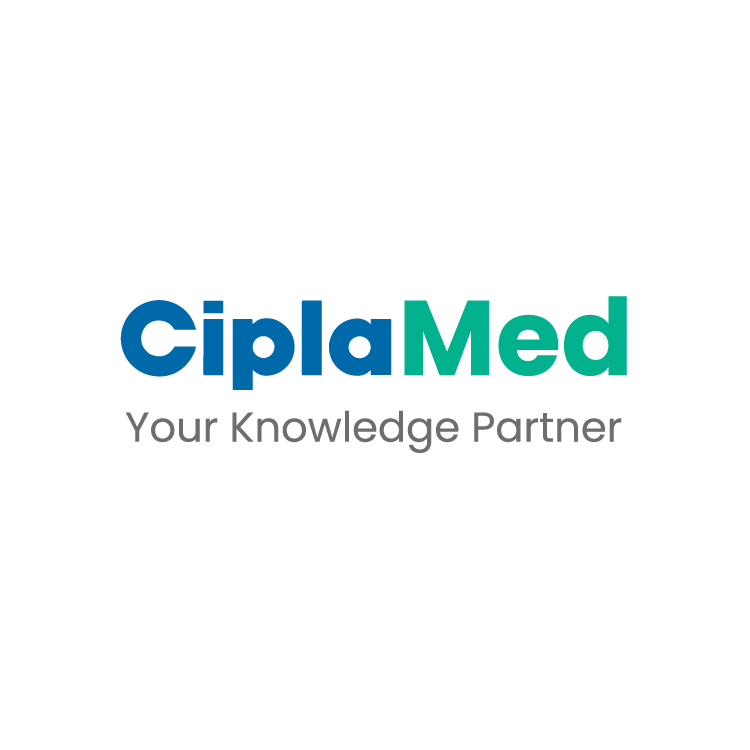Patritumab Deruxtecan (HER3-DXd) in Active Brain Metastases (BM) from Metastatic Breast (mBC) and Non–small Cell Lung Cancers (aNSCLC), and Leptomeningeal Disease (LMD) from Advanced Solid Tumors: Results from the TUXEDO-3 Phase II Trial
Dr. Mathias Preusser
Introduction
Brain metastases and LMD are common and serious complications of advanced cancers, especially breast and non-small cell lung cancer (NSCLC). HER3 is expressed in ~75% of brain metastases from breast and NSCLC. HER3-DXd is an antibody-drug conjugate (ADC) targeting HER3, linked to a topoisomerase I inhibitor. It has shown CNS penetration and potential efficacy. Previous trials investigated HER3-DXd in systemic settings (e.g., HERTHENA-Lung01); however, its CNS activity in active brain mets or LMD was unknown.
Study Design
- Trial Type: Phase 2, single-arm, open-label, non-comparative
- Three cohorts:
- Cohort 1: Breast cancer with active brain metastases
- Cohort 2: NSCLC with active brain metastases
- Cohort 3: LMD from any solid tumor
- Treatment: HER3-DXd at 5.6 mg/kg IV every 3 weeks
- Endpoints:
- Primary
- Cohorts 1 & 2: Intracranial ORR, by RANO-BM criteria
- Cohort 3: 3-month OS rate
- Secondary: Extracranial ORR, PFS, OS, safety, QoL, neurocognitive and neurological function
- Primary
Patient Characteristics
- Enrolled: 60 patients between Dec 2023–Sep 2024 across 8 sites (Austria & Spain)
- Median age: 50–60 years
- ~30% had treatment-naive with active brain metastases
- Cohort 3: All newly diagnosed, no prior LMD treatment
- Tumor Subtypes
- Cohort 1 (Breast cancer): HER2+, luminal, and triple-negative
- Cohort 2 (NSCLC): Squamous and non-squamous histology, EGFR WT and mutant
- Cohort 3 (LMD): Mostly breast or lung primary, 50% with CSF+ (type 1)
Results
Efficacy
- Cohort 1 – Breast Cancer with Brain Mets
- Intracranial ORR: 23.8%
- Responses across subtypes, including deep responses in triple-negative BC
- Activity noted even in patients with prior ADC exposure
- Cohort 2 – NSCLC with Brain Mets
- Intracranial ORR: 30%
- Majority of responders had EGFR WT tumors and non-squamous histology
- Effective in both newly diagnosed and previously treated brain metastases
- Cohort 3 – LMD from any Solid Tumors
- 3-month OS rate: 65%
- 10-month OS: ~60%
- No difference between LMD type 1 and 2
- Suggests meaningful activity and durable survival in this poor-prognosis population
Secondary Outcomes
- Intracranial responses > extracranial responses
- DcR and clinical benefit rate (≥6 months) were encouraging despite prior heavy treatment
Safety Profile
- Grade ≥3 treatment-emergent AEs: ~33%
- No HER3-DXd related deaths
- Permanent discontinuation in ~5% of patients
- Common AEs: Neutropenia, nausea, diarrhoea
Quality of Life & Neurocognition Function
- Assessed via standardized tools
- QoL and cognitive function remained stable or improved across treatment period
Conclusion
- HER3-DXd demonstrated CNS activity in: Brain metastases from breast and lung cancers, Leptomeningeal disease (LMD) with significant survival benefit
- Effective across subtypes, including:
- Triple-negative BC
- EGFR-WT NSCLC
- After prior ADC use
No new safety signals; well-tolerated with preserved QoL and function
ASCO 2025, May 30 – June 3, Chicago




